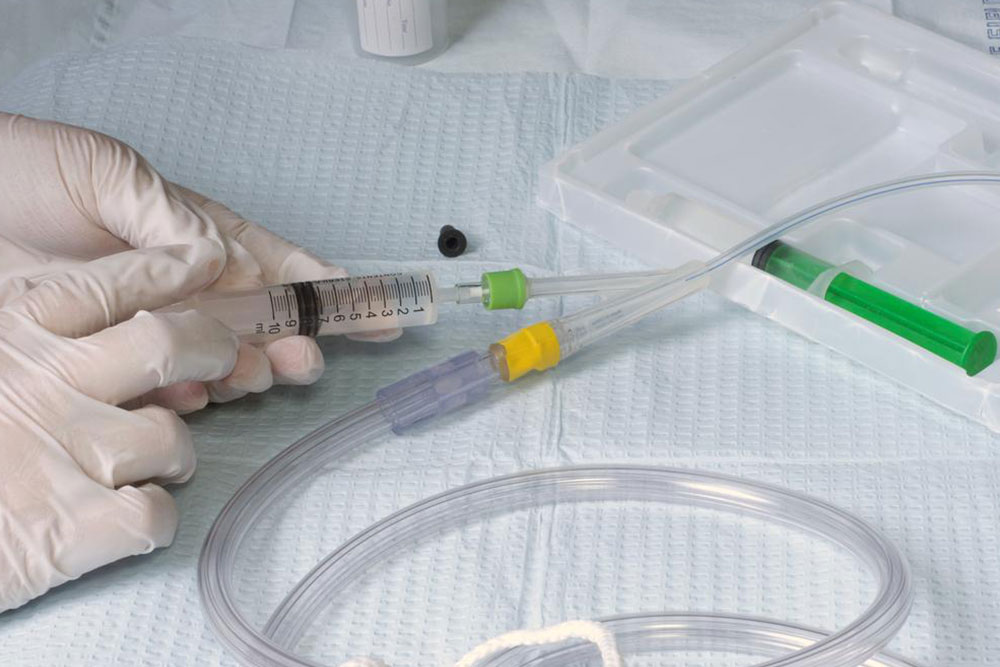Comprehensive Guide to Men’s Urinary Catheter Options
This article offers an in-depth overview of the different types of urinary catheters for men, explaining their functions, usage, and benefits. It aims to help men with urinary issues understand their options and improve their quality of life through proper device management. The guide covers indwelling, external, and intermittent catheters, including safe usage tips and maintenance advice, to support men dealing with urinary retention, incontinence, or leakage.

Understanding the Different Types of Urinary Devices for Men
Urinary catheterization is a common medical procedure used to drain urine from the bladder. It involves inserting a slender, flexible tube—called a catheter—through the urethra or an abdominal opening. This device is also essential for men dealing with urinary issues such as incontinence, retention, or leakage.
A urinary catheter is a medical tool designed to manage urinary disorders by allowing urine flow. Made from medical-grade materials, it is a soft, hollow tube inserted into the body to aid in drainage or surgery.
If urine remains in the bladder for extended periods, it heightens the risk of urinary tract infections. To prevent this, intermittent catheterization is employed, which involves periodic drainage by the patient or a healthcare professional. The process requires inserting a catheter through the urethra into the bladder to facilitate urine removal, reducing the risk of infections.
Here, we explore various catheter types available for men, providing essential insights into these medical devices that aid in managing urinary health issues.
Categories of male urinary catheters
Catheters for men fall into several primary types, chosen based on individual needs under medical guidance. Let's review the three main varieties:
Temporary (Indwelling) catheter
Designed to stay in the bladder temporarily for continuous drainage, these catheters feature a small balloon near the tip, inflated with sterile water inside the bladder. Suitable for those unable to self-insert, they are often used for extended periods but carry a higher infection risk due to prolonged placement.
External (Condom) catheter
Resembling a condom, this device fits over the penis and adheres with an adhesive. It connects to a drainage bag via a tube. Suitable for short-term use, it requires regular replacement every couple of days and is less invasive but less suitable for long-term management.
Intermittent (Single-use) catheter
This thin, flexible tube, made from vinyl, rubber, or silicone, is inserted into the bladder to drain urine and then discarded after use. It empowers individuals to self-manage their urinary drainage easily without reusing.
Using a catheter safely
Proper technique is crucial. Always consult a healthcare professional before attempting self-catheterization. Basic steps include gathering sterile supplies, washing hands, cleaning the genitals, applying lubricant, gently inserting the catheter, and ensuring complete drainage. Afterward, carefully remove and clean reusable catheters, storing them in a clean, dry place.
Ultimately, understanding these options helps men better address urinary health challenges with appropriate devices and care routines.
Note:
Our platform provides informative content across various health topics. While our research aims to be accurate, it is not a substitute for professional medical advice. Always consult a healthcare provider for diagnosis and treatment options. We do not assume responsibility for any inaccuracies or differences in data presented elsewhere. Additionally, some promotional schemes or offers may not be covered in this content.










